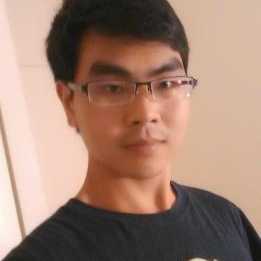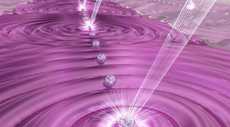Fangli Liu
Research Scientist at QuEra. Former graduate student.
Graduate StudentAlumni

Contact Information
- Email:
- lflnankai@gmail.com
Research Groups
JQI
QuICS
Recent Publications
Long-Lived Topological Time-Crystalline Order on a Quantum Processor
, , Nature Commun., 15, (2024)s41467-024-53077-9.pdfDigital quantum simulation of Floquet symmetry-protected topological phases
, , Nature, 607, 468-473, (2022)zhang22supp.pdfzhang22.pdfRealizing and Probing Baryonic Excitations in Rydberg Atom Arrays
, , arXiv:2007.07258, (2020)2007.07258.pdf
Recent News
![An artist's depiction of an array of atomic ions controlled by lasers]()
In a Smooth Move, Ions Ditch Disorder and Keep Their Memories
December 20, 2021![]()
Cold atoms offer a glimpse of flat physics
December 20, 2018

